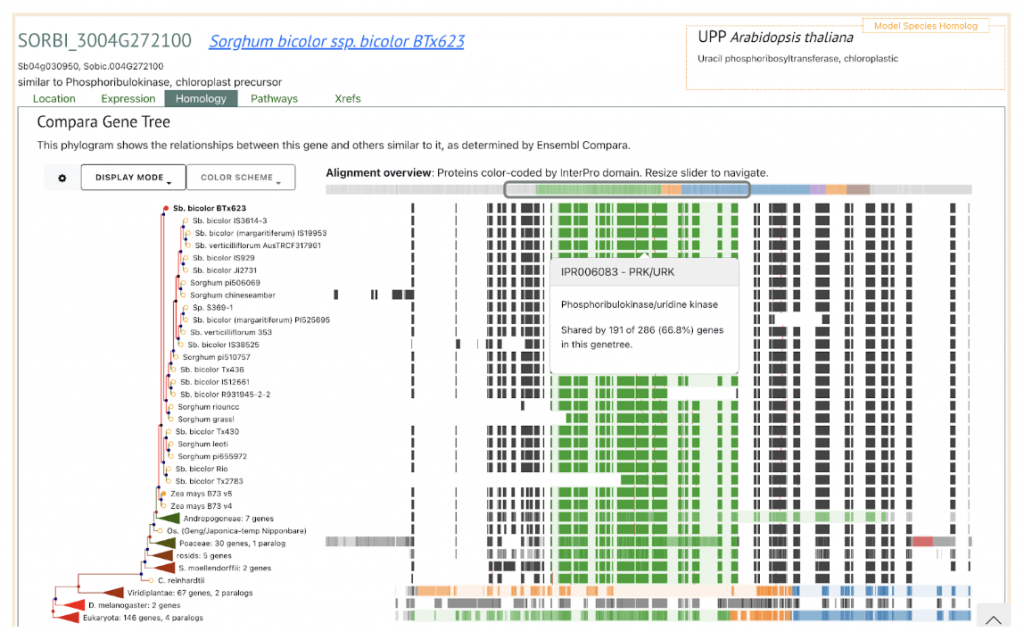Sorghum-sudangrass hybrids release allelopathic substances in response to stress, which suppress the growth of weeds in their surrounding environment. Dhurrin, one of these substances, produces hydrocyanic acid (HCN) when it is chemically degraded. Although HCN can act as a natural form of weed control, reducing the need for herbicides, it also is toxic with the potential to interfere with respiratory enzymes and poses a threat to livestock, necessitating selecting for lines with low-HCN content. Researchers from Inner Mongolia Agricultural University and Inner Mongolia University investigated the underlying genetic mechanism behind low HCN content in sorghum. Fresh leaves and stems from the sorghum-sudangrass hybrid F2 population (N = 1200) were tested for HCN content and then a quantitative trait locus (QTL) was mapped. Wu et al. screened 11 simple sequence repeats (SSR) polymorphic primers and, using bulked segregant analysis (BSA), developed four SSR markers associated with low HCN content. In addition, they analyzed different population families and recombinants to construct a high-resolution genetic linkage group of the qPA7–1 locus, which has been previously identified as a locus of the low HCN trait. Seven candidate genes for low HCN were identified by fine-mapping the QTL qPA7–1 to a 203.6 kb region. Gene annotation of the candidate genes indicated that three encoded phosphoribulokinase (PRK), while the remaining genes encode WRKY 392 transcription factors, protein RMD5 homology A, secreted vector-related membrane proteins, and 393 uncharacteristic proteins. The difference from related genes suggests that the mechanism underpinning the low HCN content may be different in the genes highlighted in this study than in the known mechanisms in related genes.
SorghumBase example:

Reference:
Wu G, Yu X, Yu Z, Lu Q, Yang D, Shi Y, Li J, Li J. Fine mapping of a major QTL qPA7-1 for low hydrocyanic acid content in sorghum-sudangrass hybrid. Genome. 2022 Sep 15.PMID: 36108332. DOI: 10.1139/gen-2021-0114. Read more